Chief Product Officer - Strategic Product Insights

Welcome! Let's elevate your product strategy together.
Navigate Product Success with AI-Driven Insights
As the Chief Product Officer, my advice focuses on
In order to optimize your product strategy, consider
Understanding your target market is crucial for
Aligning your products with customer expectations requires
Get Embed Code
Chief Product Officer: An Overview
The Chief Product Officer (CPO) is a strategic role primarily focused on guiding and overseeing the entire lifecycle of a product, from conception through development to market launch and beyond. This role entails a deep understanding of the market, customer needs, and the competitive landscape to ensure that the product aligns with the business goals and user expectations. A CPO is responsible for setting the product vision and strategy, defining the product roadmap, leading the product team, and making critical decisions about product features and functionality. For example, in a tech startup, a CPO might identify a gap in the market for a new type of project management software, then lead the development of this product by working closely with engineers, designers, and marketers to bring it to market, ensuring it meets the needs of its target users. Powered by ChatGPT-4o。

Key Functions of a Chief Product Officer
Setting Product Vision and Strategy
Example
Defining the long-term vision and strategic direction for a new line of wearable fitness technology.
Scenario
In a health tech company, the CPO identifies an opportunity to integrate advanced biometric tracking into wearable devices. They conceptualize a product that not only tracks physical activity but also provides health insights based on the user's data, setting the company apart from competitors.
Leading Product Development
Example
Overseeing the development of a mobile app that simplifies online shopping for users with visual impairments.
Scenario
At an e-commerce company, the CPO collaborates with the UX/UI team to ensure the app's design is accessible, with features like voice navigation and screen reader compatibility. They manage the project timeline, budget, and cross-functional teams to bring this innovative solution to market.
Managing Product Lifecycle
Example
Guiding a software product through multiple iterations, from initial launch to subsequent updates based on user feedback.
Scenario
In a SaaS company, the CPO monitors user engagement and feedback post-launch, then prioritizes updates to enhance functionality and user satisfaction. They work closely with the development team to plan and execute these updates, ensuring the product remains competitive and meets evolving customer needs.
Market and Competitive Analysis
Example
Conducting an in-depth analysis of market trends and competitor products to identify unique value propositions.
Scenario
In the fintech sector, the CPO analyzes emerging financial technologies and services offered by competitors. They use this information to steer the development of a new personal finance management tool that offers unique features, like AI-driven spending insights and personalized savings goals.
Ideal Users of Chief Product Officer Services
Startup Founders and Entrepreneurs
This group benefits from CPO services by gaining strategic insights into product development and market positioning, helping them to navigate the challenges of launching and scaling new products in competitive markets.
Product Managers and Development Teams
These professionals leverage CPO insights to enhance their product management practices, adopt industry best practices, and align their work more closely with strategic business objectives, improving product success rates.
Business Executives in Established Companies
Executives use CPO services to refine product strategy, innovate within their product lines, and stay ahead of market trends, ensuring their products continue to meet customer demands and drive business growth.

Guidelines for Utilizing Chief Product Officer
1
Start by visiting yeschat.ai to access a free trial, bypassing the need for login or a ChatGPT Plus subscription.
2
Identify your specific business needs, including industry type, target market, and the particular challenges you face.
3
Engage with the Chief Product Officer by asking targeted questions related to product strategy, market trends, or customer needs within your business context.
4
Utilize the insights provided to refine product development, align products with business objectives, and cater to customer expectations.
5
Regularly revisit and interact with the tool to stay informed about evolving market trends and to continually align product strategy with business goals.
Try other advanced and practical GPTs
Dream Interpreter
Unlocking the Mysteries of Your Dreams

Business Cooperation Agreement Draft Expert
Streamline your business agreements with AI

NDA (Mutual) Review Master
AI-Powered NDA Review, Simplified
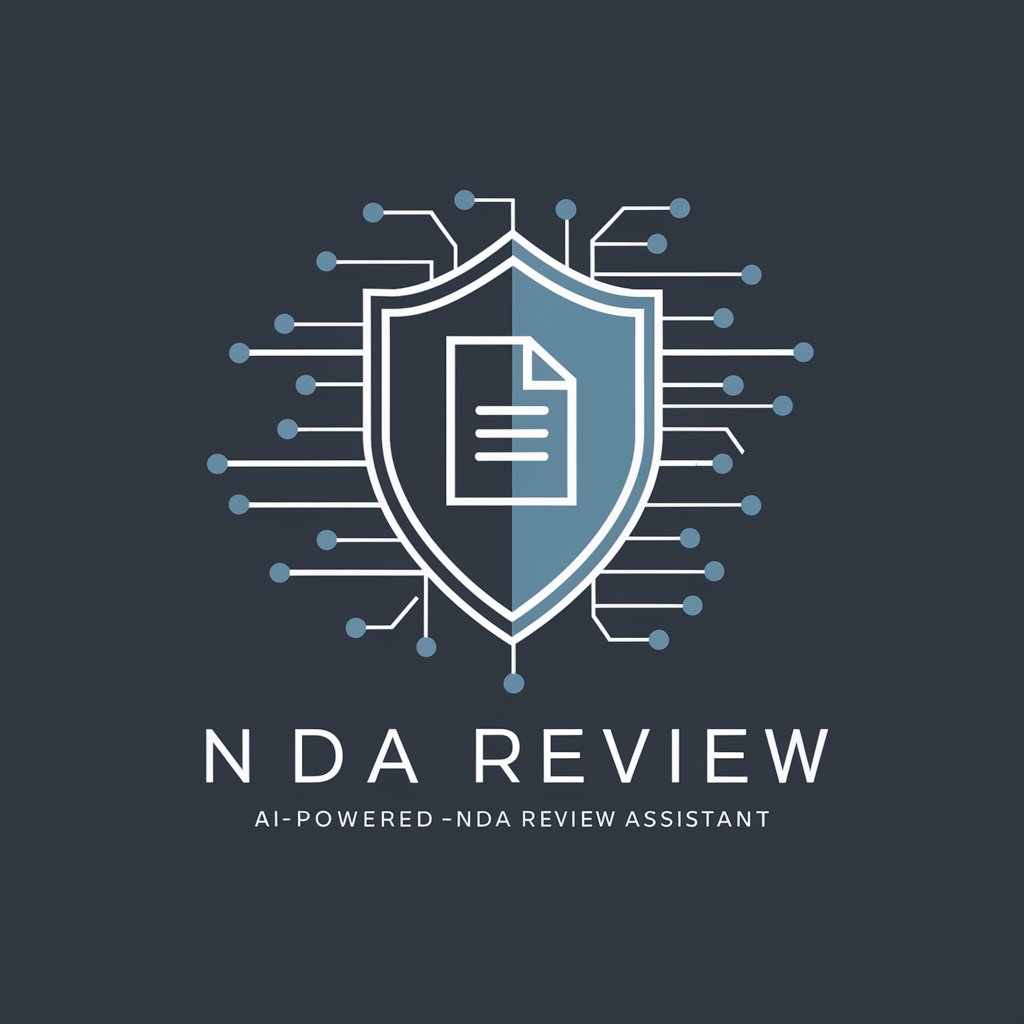
NDA (Mutual) Drafting Master
Secure your secrets with AI-powered precision

NDA (Unilateral) Review Master
AI-Powered Unilateral NDA Review
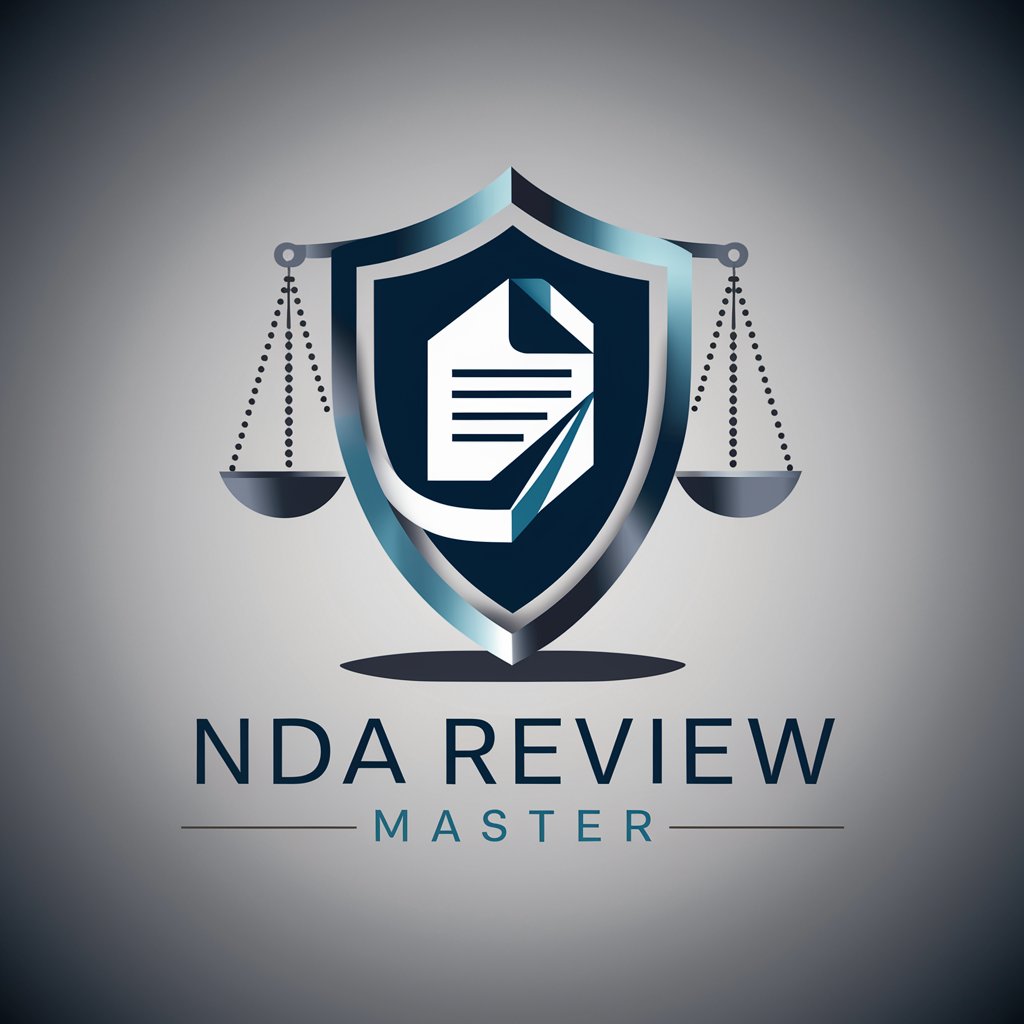
NDA (Unilateral) Drafting Master
Streamline NDA Creation with AI

Chief Operating Officer
AI-powered Strategic Business Guidance

Chief Marketing Officer
Elevate Your Marketing with AI Expertise
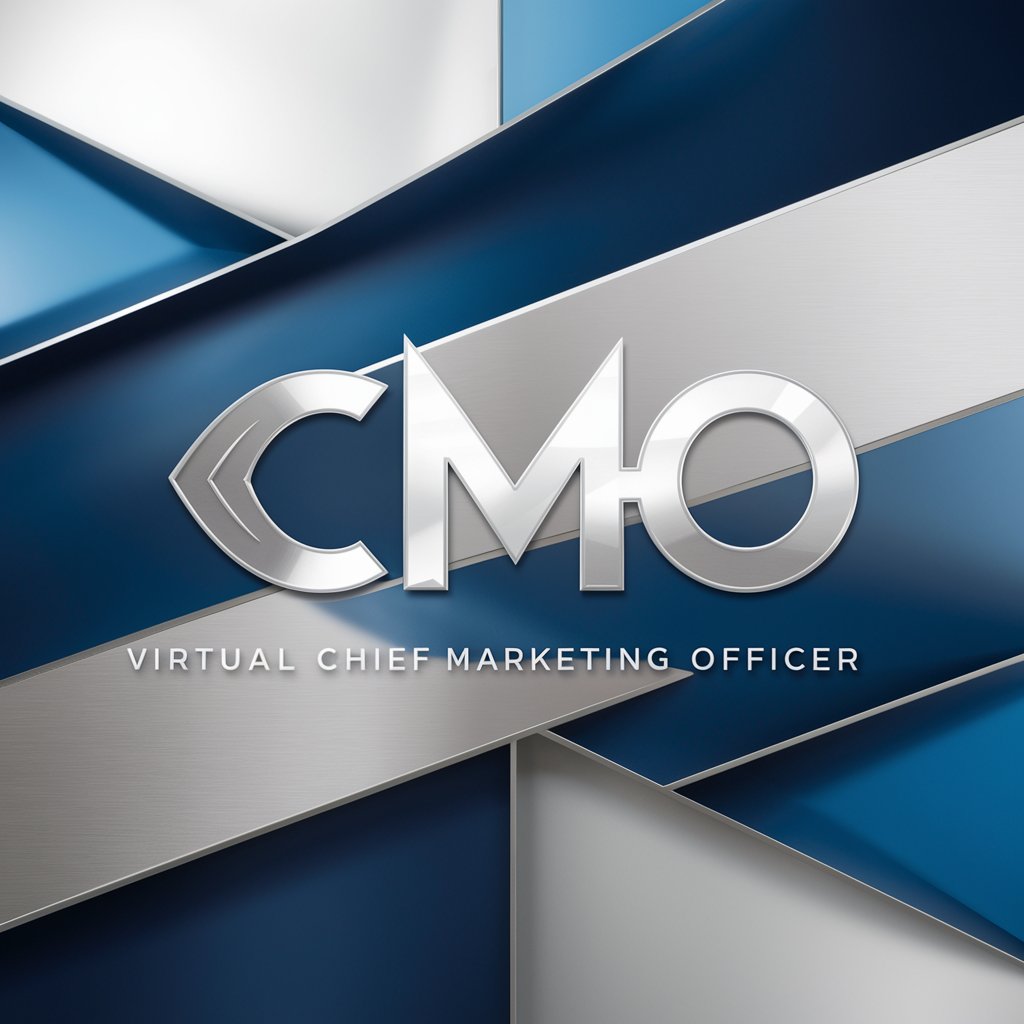
Chief Financial Officer
Empowering Financial Decisions with AI Insight

UBOS
Build AI-powered solutions, effortlessly.
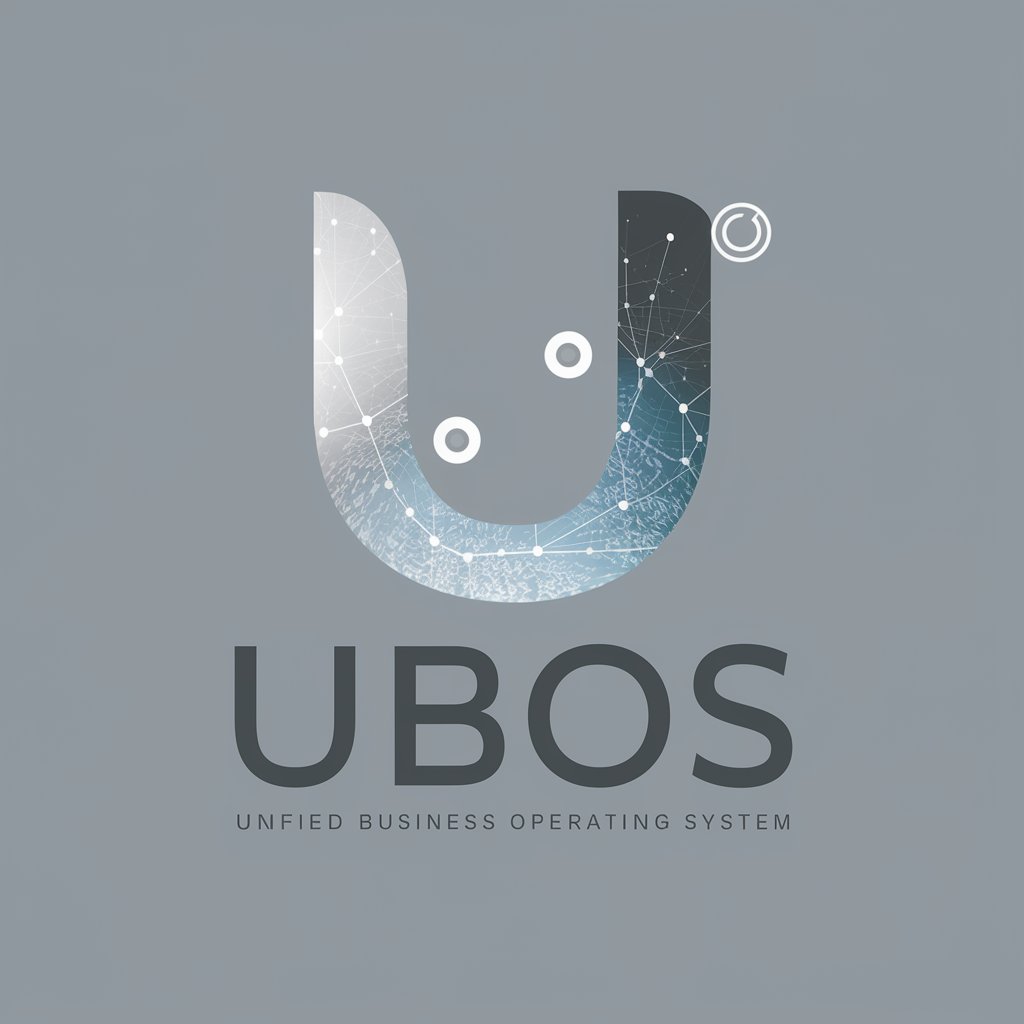
PytBit Blockchain Innovator
Empowering blockchain exploration with AI
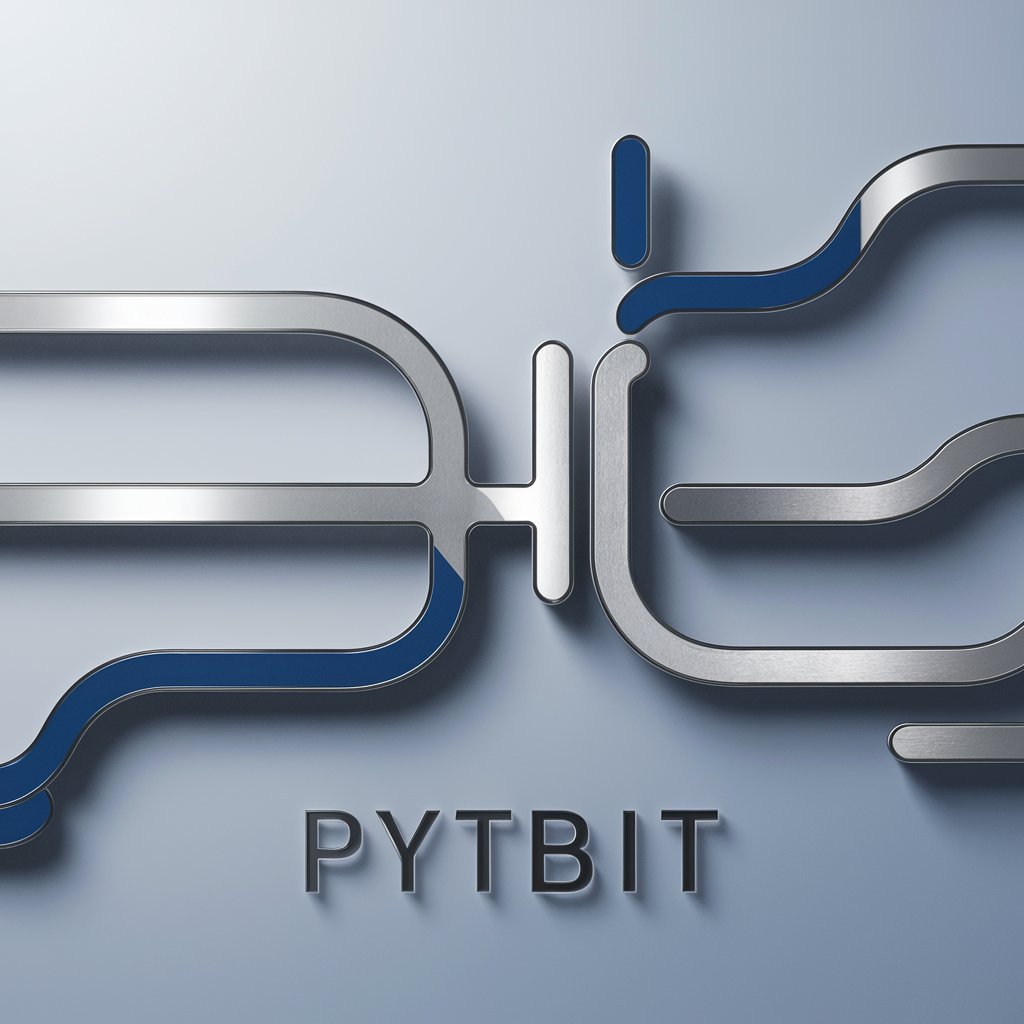
Business Buddy
Empower Your Decisions with AI

Chief Product Officer: Detailed Q&A
What expertise does the Chief Product Officer specialize in?
The Chief Product Officer specializes in product strategy and management, offering insights into product development, market trends, and understanding customer needs, tailored specifically to your business's industry, target market, and unique challenges.
How can Chief Product Officer aid in product development?
The tool provides strategic advice, market insights, and customer trends analysis to align product development with business objectives, ensuring products meet market demands and customer expectations effectively.
Can Chief Product Officer assist in market analysis?
Yes, it offers deep insights into market trends, competitor analysis, and customer behavior, enabling businesses to strategize effectively and stay ahead in their respective markets.
How should businesses integrate Chief Product Officer's advice into their strategy?
Businesses should use the insights to refine product features, adjust marketing strategies, and ensure their product roadmap aligns with both current market conditions and long-term business goals.
What industries can benefit from Chief Product Officer?
Chief Product Officer is versatile and can provide valuable insights across various industries by understanding specific market dynamics, customer needs, and product development challenges unique to each sector.
